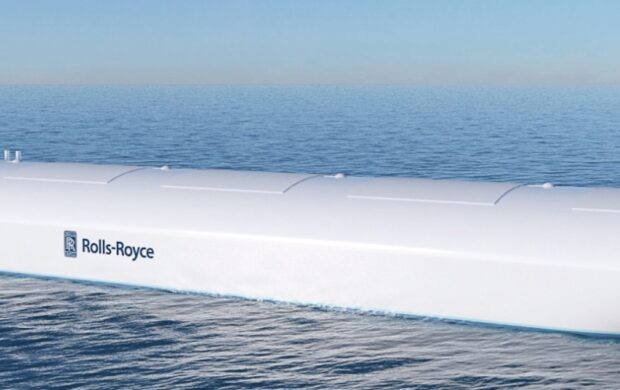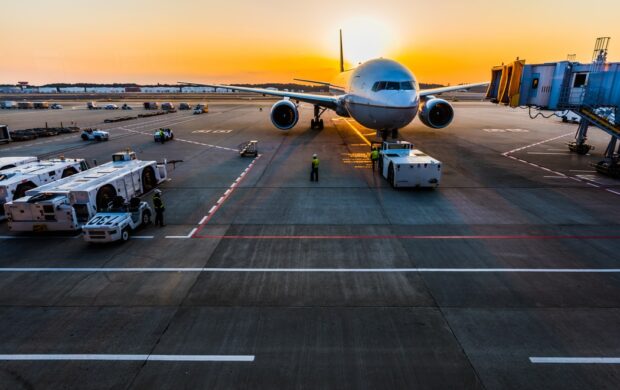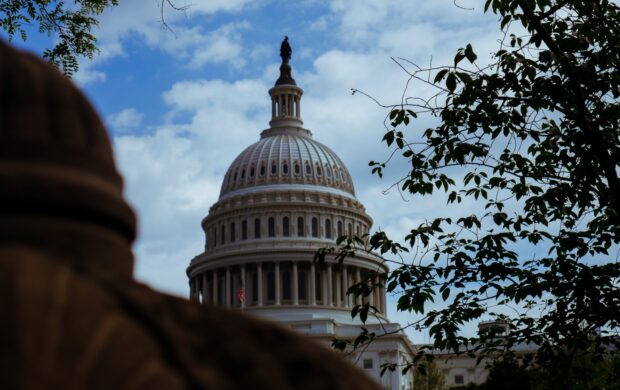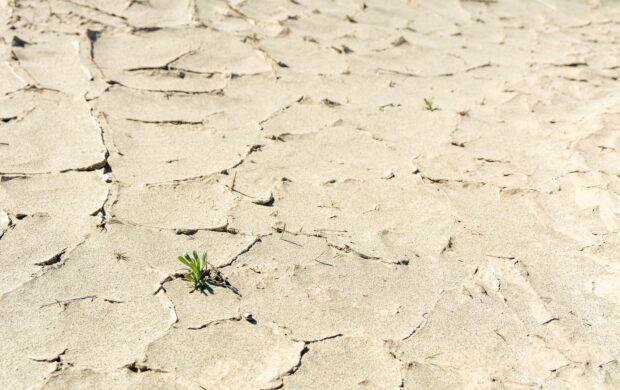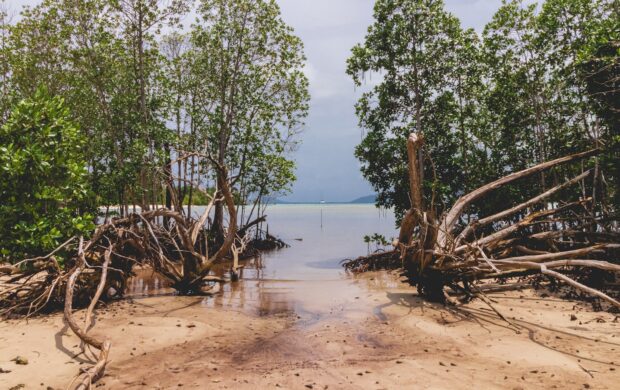A simple and innovative solution from Dutch group Ocean Cleanup to remove the 525 trillion tons of plastic from the oceans is set to be tested off the coast of Japan in the middle of next year. The plan is to anchor a floating barrier, measuring up to 2km in length, to the seabed, where it will collect the buoyant waste on the surface as ocean currents flow underneath. It was the brainchild of 20 year-old Boyan Slat who devised the concept during a diving trip to Greece while realising he was encountering more plastic bags than wildlife.
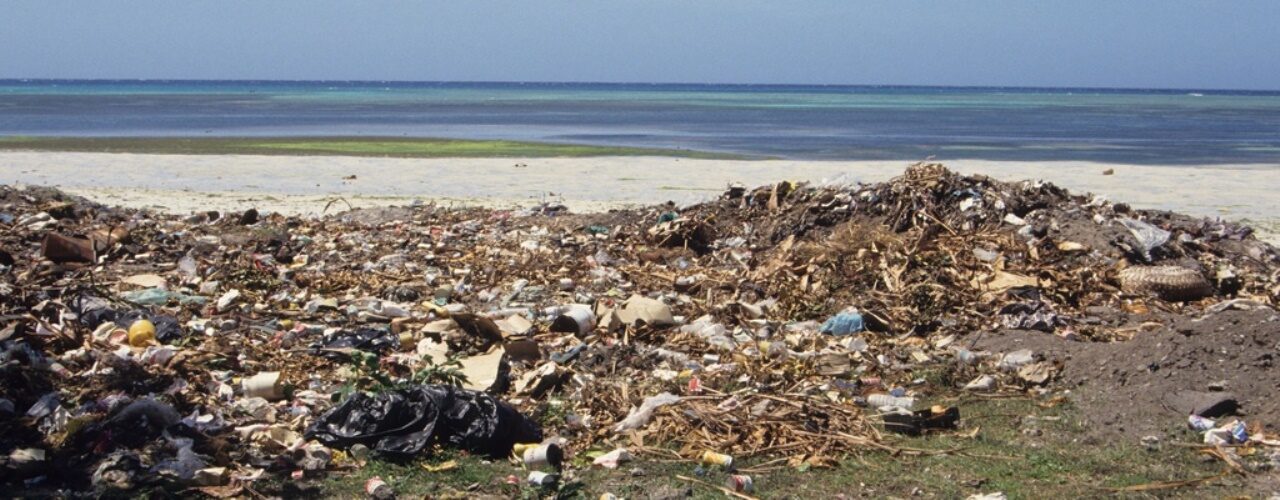
Plastic pollution is estimated to cost the global economy US$13 billion per year in lost raw materials and pollution. Previous solutions to the issue of plastic waste have amounted to ships dragging nets through the ocean. Using conventional methods it would take 80,000 years to clear the Great Pacific garbage patch: an area where currents have condensed plastic particles into a density of 4 per cubic metre over an area of 20,000 square kilometres. The Japanese island of Tsushima in the Korea Strait, where approximately 30,000 cubic metres of plastic are being washed ashore every year, is the site of the pilot Ocean Cleanup array.
Ocean Cleanup said, “The scalable array of floating barriers, attached to the seabed, is designed for large-magnitude deployment, covering millions of square kilometres without moving a centimetre.” It estimates that it will collect and concentrate 80% of the rubbish it comes into contact with due to its chevron shape, after which the collected waste will be used as an alternative energy source or recycled.
The ultimate aim is to deploy barriers 100 km in length to clear the Great Pacific garbage patch, which is approximately the size of Texas. To prepare for this, Ocean Cleanup is launching the largest expedition in history to measure the amount of plastic in the North Pacific trash vortex and the exact size of the task they have taken on. It has already raised US$2 million in crowdfunding for the initial phase, but to put the project into action it will need to raise an additional US$360 million.
Image Caption: Waste washed up on the beaches of Comoros
Image Credit: Derek Keats/Flickr

